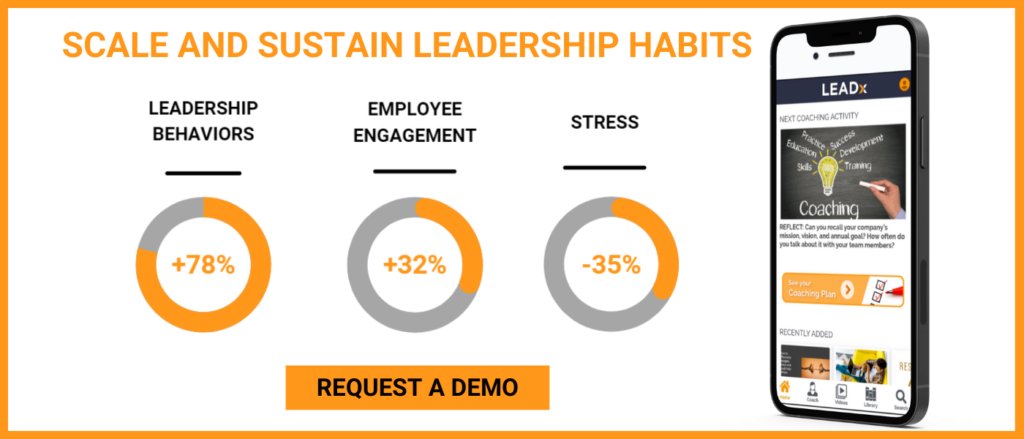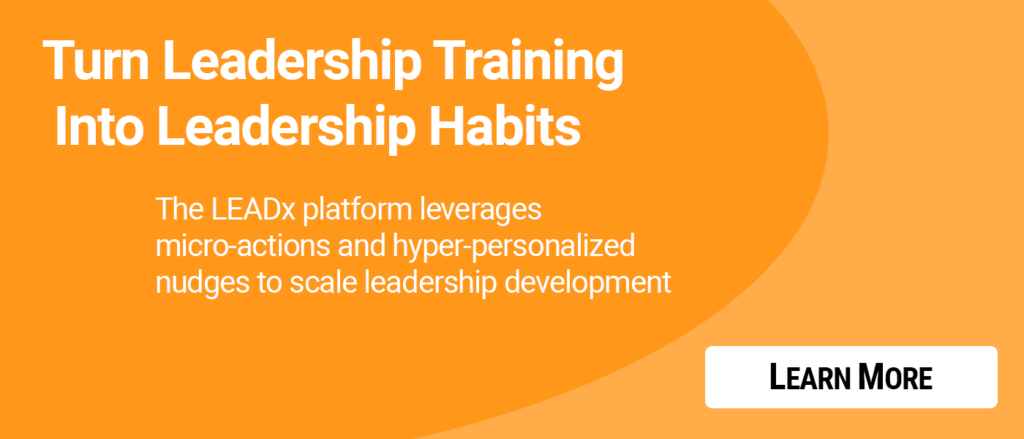
The world isn’t always a welcoming and supportive place for our biggest dreams. In recent years and even more in recent months, it seems to throw one new challenge at us after another. In the face of a raging pandemic, waves of civil unrest, and growing division in our communities and homes, we’re all flush with excuses to sit back and set aside our goals this year.
So how are some people able to keep moving forward and pushing through challenges during tough times like these?
I had a chance recently to interview Shannon Huffman Polson, author of The Grit Factor: Courage, Resilience, and Leadership in the Most Male-Dominated Organization in the World, to answer that question.
At age nineteen, Polson became the youngest woman to climb Denali, and went on to summit Mt. Rainier and Mt. Kilimanjaro. She served as one of the Army’s first female attack helicopter pilots and eventually led two flight platoons and a flight company on three continents before earning her MBA at the Tuck School at Dartmouth and working in the medical device and technology fields.
Kevin Kruse: What made you write The Grit Factor?
Shannon Huffman Polson: The genesis of The Grit Factor was a young lieutenant reaching out to me and asking me to mentor her as she began flight school with the Army, the same journey I’d taken years before. I said yes right away—but then worried that it had been a long time since I’d worn the uniform, and perhaps my integration into an all-male field was somewhat unique. I began several years of interviewing leaders in the vanguards of their fields, including women general officers across the services, three generations of aviators from WII to the present, one of the first women combat rescue swimmers for the Coast Guard, one of the first women Army Rangers, and many more. I began to see the stories they shared so generously and lessons learned as telling a story, and that became the backbone for The Grit Factor.
Kruse: What does grit mean to you?
Polson: I define grit as a dogged determination in the face of difficult circumstances. The premier researcher on grit, Angela Duckworth, has defined it as “passion and perseverance toward long-term goals.” I love this definition, but I also think in times like these, where the future is uncertain, we need to account for that passion and perseverance when long-term goals are unclear—and recognize the less glamorous aspects of the work, which is why dogged determination resonates well.
Kruse: Where did your grit come from?
Polson: Growing up, my dad really focused on the concept of hard work, determination, and the term “grit” itself to work through tough times and accomplish difficult goals. He told his own stories where hard work led to his success. It’s become an important part of who I am and how I approach challenges in life.
I remember when I was around nine years old, I played Girls’ Club soccer in Anchorage, Alaska. This one player would tend to charge down the field and score every time, and we all just got out of her way. After one game, my dad asked me, “Why don’t you run back at her?” To me, that was terrifying. But I tried it the next time we played that team. I charged back at her when she came down the field—and we collided at full speed. She never charged my side of the field again. By the way, she was legit. She went on to ski on the national ski team!
I knew that was going to be difficult and would even hurt. But I made myself do it, anyway. As I got older, I came to understand that not everybody had experienced the concept of grit the way I had growing up, but many people were searching for it.
Kruse: How does one build grit?
Polson: The Grit Factor breaks out into three sections: commit, learn and launch, corresponding to past, present and future. You begin the process in the Commit phase by deciding you’re going to be in charge of your narrative, regardless of what life hands you. You can’t choose the raw material you receive, but you can decide how you’ll use it. Not making that choice is a major lost opportunity for a lot of people. They take what they’re handed at face value and give up in the face of a challenge.
Building grit and developing your ability to make those decisions comes with going back and making sense of your own story, especially the hard parts. Looking back at times like my nine-year-old soccer game or challenges I faced as a woman in the Army—those stories help you understand your strengths, how you’ve grown, how you’ve overcome obstacles, and that helps you understand how to approach the challenges in front of you now.
Kruse: You say in the first phase of developing grit you have to commit to your purpose. How do you take that first step when all you see are obstacles?
Polson: It’s about focusing on your end goal and your core purpose. When you drill down to that deep, core purpose—and I tell you how to do this in The Grit Factor—and commit to contributing to the world in a meaningful way, it’s easier to look past the obstacles. It’s your choice every day where you’ll put that focus.
When you’ve done the work of going back through your own story, you can see what you’ve done with the raw material you were given throughout your life. You can look at the raw material you’re given now and ask yourself, “What do I want this story to be?” Because you’ve learned and built strength from those earlier experiences, you can choose how you want this phase of your story to go, and you know what you have to do to overcome the challenges.
Kruse: How can people figure out what their story is and decide what to commit to?
Polson: Figuring out your core purpose—the force that truly drives you—is deep internal work that takes time. It’s not something you’ll discover in a quick journaling session. You have to give yourself the space to think through your life experiences and how they’ve informed your values, over and over again.
To do that, I like to borrow a technique developed by Toyota as a manufacturing deficiency drill down. It’s called the Five Whys. Ask yourself why you’re doing something, not once, but five times. Asking the question repeatedly gets you to drill down into a deep, deep why, beyond a superficial reason for taking any specific action, and into the core purpose that drives you.
For me, that “fifth why” is service. At times when I was frustrated while in uniform, if I drilled down and asked myself why I was still doing this, that fifth why was always service, and that’s what kept me moving forward.
I’ve done this exercise with clients this fall and had leaders come back with Eureka! Moments. It’s incredibly satisfying to see how transformative this work can be.
Kruse: What would you say to people who are facing a setback and don’t feel like they have what it takes to get through it?
Polson: Grit is a muscle you can build. It’s not an individual quality exclusive to some people, but a strength that’s accessible to every one of us. Facing setbacks and overcoming challenges builds that muscle. If you’re facing something that seems insurmountable, just take one step. Face that one challenge. You’ll challenge yourself a little more the next time, and a little more the time after that, and a little more the time after that. You build that muscle just like you build a physical muscle, by adding a little bit more weight or resistance each time.
The flip side of that is, as with any muscle, you have to take rest days. Take care of yourself, especially during hard times. You can’t sustain that dogged determination constantly, so recognize when you’re tired, and rest.
In the Learn phase of The Grit Factor, I get into specific exercises that are shown to increase grit, as well. But the place to start is the knowledge that you can build that muscle. That’s part of the growth mindset necessary for success, as well as the mindset of grounded optimism, which is utterly critical.
The Grit Factor is the book I wish I’d had starting out. And every time I took on a new challenge or faced a new obstacle. Once you’ve done the initial work to Commit, the work to Learn builds and supports the grit you already have. Adjusting your mindset to understand any challenges you’re facing helps to build your muscle and will help you get through them. You’re getting stronger. Then you’re ready for launch!







